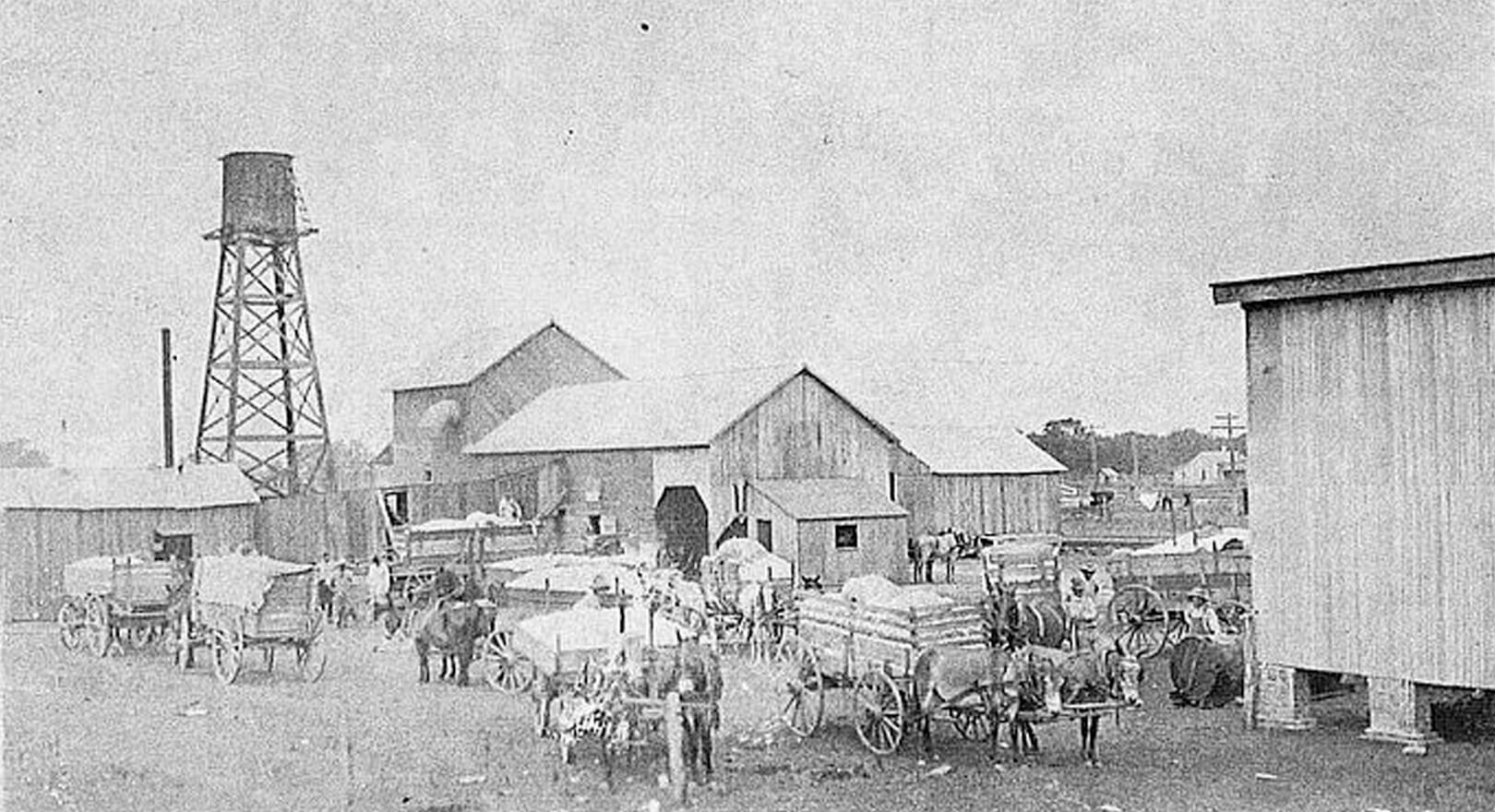Roberta Wright Rylander, 83, a Katy historian, says most of the families came from Missouri, Iowa, and Illinois. Other folks came from Indiana, Nebraska, and Kansas. A man named Adam Henry Stockdick was hired by the railroad to promote Katy and encourage other families to move here.
Stockdick arrived in 1895 and began organizing the land for sale, staking out the areas, drawing up maps, and preparing legal documents for the sale of property.
Stockdick was the town’s ‘land man’ who placed ads in newspapers touting the orange orchards, rice farms, and oil rich lands of Katy. A savvy real estate landman, Stockdick knew how to showcase Katy in its best light.
“It was best to invite potential buyers to come for visits during early spring or fall because once people saw the mosquitoes, heat, and humidity, some never wanted to return.” says Rosanne Stockdick Lopez, a 4th generation Katy native and great-granddaughter of Adam Henry Stockdick.
Despite the heat, humidity, and insects, many families moved to Katy and began farming a variety of crops until finally, one thing stuck. Rice.
Word continued to spread about Katy’s rich soil and cheap land, and soon rice farms sprung up all over Katy’s outlying areas. The rice crops generally did very well, as long as the weather held out. When the weather was bad, crops suffered and families lost their land.
Read more from our Community Collection. Then for a deeper dive, head on over to the Katy Heritage Society for a more in depth look at the history of the Katy community.
